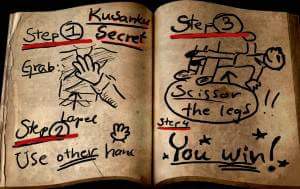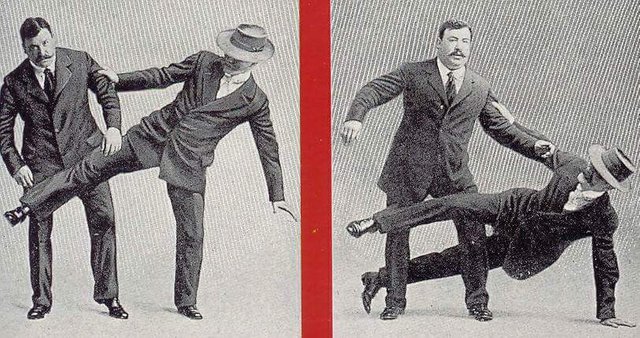"Kusankun" & Events Oshima

"Kusankun" & Events Oshima
When, and how, did Chinese Quan-fa (Gong-fu / Kung-fu) arrive in Okinawa? This is a question that has tapped many researchers for years, and now there are many theories. One of the main problems is the lack of written material since then. Since America tried to bomb Okinawa almost all of it was destroyed. However, an interesting part has been stored, and it is something called the "Oshima Incident": In 1762, an Okinawa connecting ship (on the way to Satsuma, Japan) was blown up during a terrible hurricane to Oshima shore on Shikoku Island. On this island lives a Confucian scholar, named Tobe Ryoen, who has a passion for writing. Upon hearing that a ship had been stranded on the beach, he enthusiastically recorded it all in a chronicle entitled "Oshima Hikki", which means "Incident Oshima". Basically, he writes everything about the ship, the crew, and so on. In a dialogue with Okinawan officers from the ship, (named Shiohira), who was responsible for the supply of royal rice, came the name of the Chinese called "Kusankun" known among the current karate historians such as Kusanku / Kushanku or Koshankun. In the conversation, he was described as an expert in "kempo" and it is believed that this man, Kusankun, traveled to the Kingdom of Ryukyu (Okinawa etc.) in 1756. Apparently, officers (Shiohira) and Ryoen (Confucian scientists) talked about martial arts , and the name Kusankun mentioned when Shiohira told a story to Ryoen. Describing how impressed he was to witness a smaller person over a larger person, Shiohira described what he remembers: "With one hand resting on his collar and the other applying his" kumiai-jutsu ", he overcomes the attacker by cutting his leg."
When describing Kusanun's foot technique, Shiohira uses the term "sasoku", which roughly describes the act of scissors of a crab claw.
Although Kusenun's description of Shiohira is short enough, it is still the earliest reliable written evidence of China's influence on the "civil war tradition" in Okinawa. However, the two dates mentioned (1756 & 1762) have been checked by the researchers, and there is no official record of any Kusankun / Koshankun / Kushanku found in Beijing or Fuzhou, which does not suggest that he was not sent or invited (at least Not officially)
So there was a Chinese master in 1756 named Kusankun, and a word we train today is called My Tail (or Kushanku / Kosokun / Kanku / Kwanku).
My Leuser Sho and my Dai are practiced all over the world. They are from the Itosu lineage. Itosu Anko is a man who learned the word, and changed it to the school system. The original word is called "Chatan Yara Kushanku" This word can still be seen in Okinawa (not to be confused with the mutated tournament version). Itosu is believed to have studied my original (Chatan Yara Kushanku) word from Pak Yara, who lived in Chatan village, and made two simple versions, called Sho & Dai (small & big).
Conclusion based on the text above:
- My real word (Chatan Yara Kushanku) may have a "grappling technique in combination with leg scissoring" application. What, or where, this app can be found.
- Chatan Yara Kushanku is probably the oldest form (word) that is still preserved today. Otherwise altered along the way.

Congratulations @karate-do! You received a personal award!
Click here to view your Board
Do not miss the last post from @steemitboard:
Congratulations @karate-do! You received a personal award!
You can view your badges on your Steem Board and compare to others on the Steem Ranking
Vote for @Steemitboard as a witness to get one more award and increased upvotes!